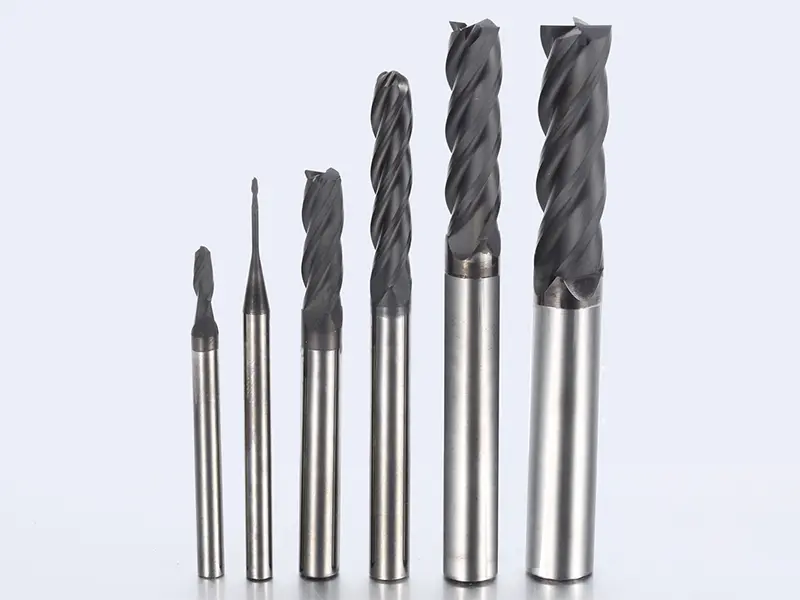When it comes to precision machining, using the right tools is essential for achieving high-quality results. One such tool that has become indispensable in the machining industry is the carbide endmill. Carbide endmills are cutting tools used in milling applications to remove material from a workpiece. They are known for their durability, precision, and ability to withstand high temperatures, making them an ideal choice for a wide range of machining tasks.
Carbide endmills are made from a combination of tungsten carbide and cobalt, resulting in a tool that is incredibly hard and wear-resistant. This allows them to cut through tough materials such as stainless steel, titanium, and other alloys with ease, while still maintaining their sharp cutting edges for a prolonged period of time. Their superior hardness also makes them less prone to chipping and breaking, providing a longer tool life and reducing the need for frequent tool changes.
One of the key advantages of carbide endmills is their ability to operate at higher cutting speeds and feeds, resulting in increased productivity and efficiency. This, in turn, leads to reduced machining time and lower overall production costs. The superior heat resistance of carbide endmills also allows for faster cutting speeds without compromising on precision, making them an excellent choice for high-speed machining applications.
When using carbide endmills, proper machining techniques are crucial to ensure optimal performance and longevity of the tool. It is important to use the appropriate cutting parameters, such as feeds and speeds, to prevent excessive tool wear and potential damage to the workpiece. Additionally, maintaining the correct cutting tool geometry and ensuring proper tool alignment are essential for achieving precise and accurate results.
Another important factor to consider when using carbide endmills is the selection of the right coating. Coatings such as TiAlN (titanium aluminum nitride) or TiCN (titanium carbonitride) can further enhance the performance and longevity of the tool by reducing friction and heat generation during the cutting process. The choice of coating should be based on the specific material being machined and the requirements of the machining operation.
Carbide endmills are indispensable tools for precision machining, offering exceptional durability, high heat resistance, and superior cutting performance. Their ability to operate at higher speeds and feeds makes them a preferred choice for a wide range of machining applications, from roughing to finishing operations. By utilizing proper machining techniques and selecting the right coating, carbide endmills can greatly improve productivity and accuracy while reducing overall machining costs. For precision machining tasks, investing in high-quality carbide endmills is a decision that can truly make a difference in achieving superior results.
Post time: Dec-18-2023

